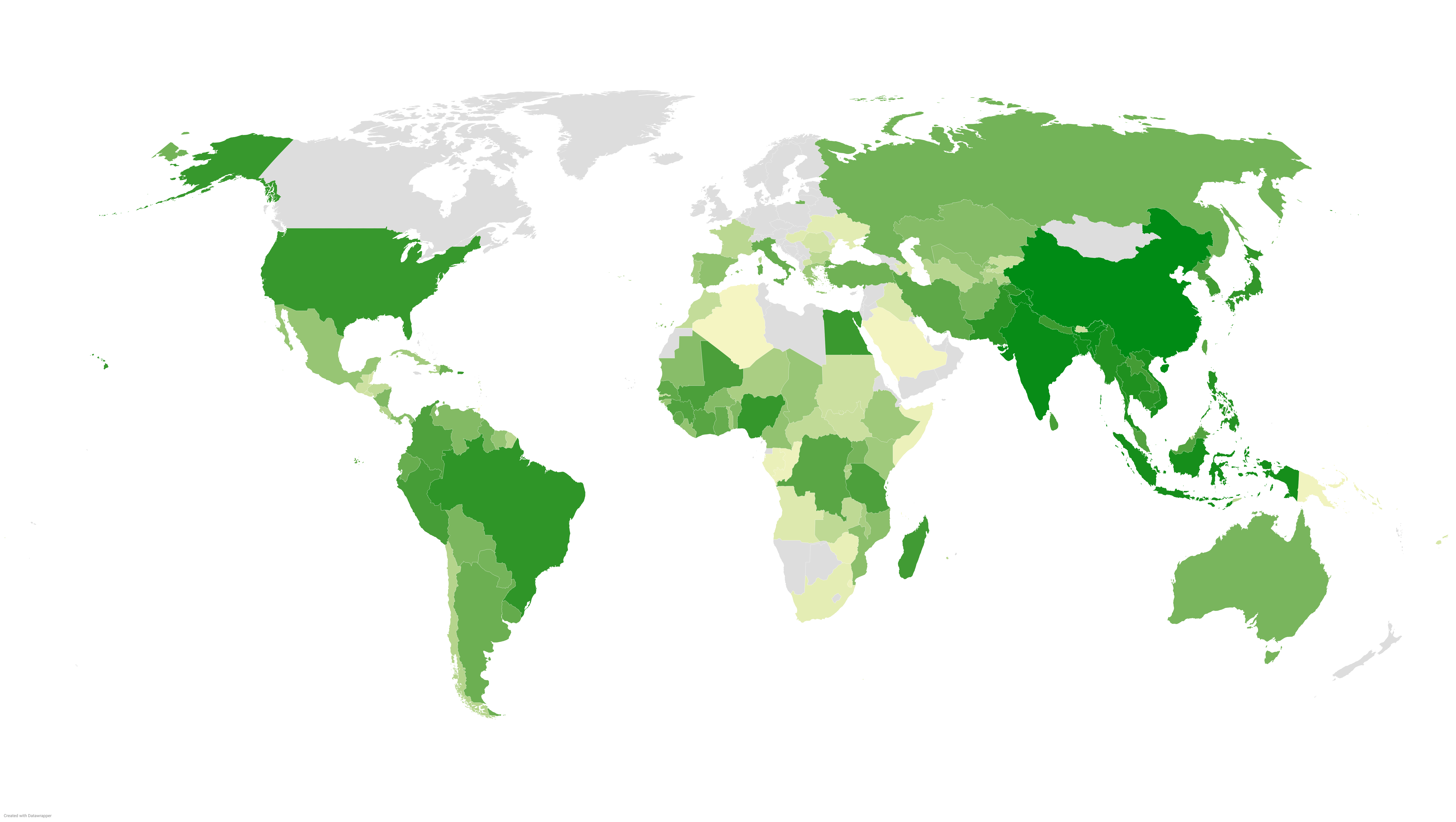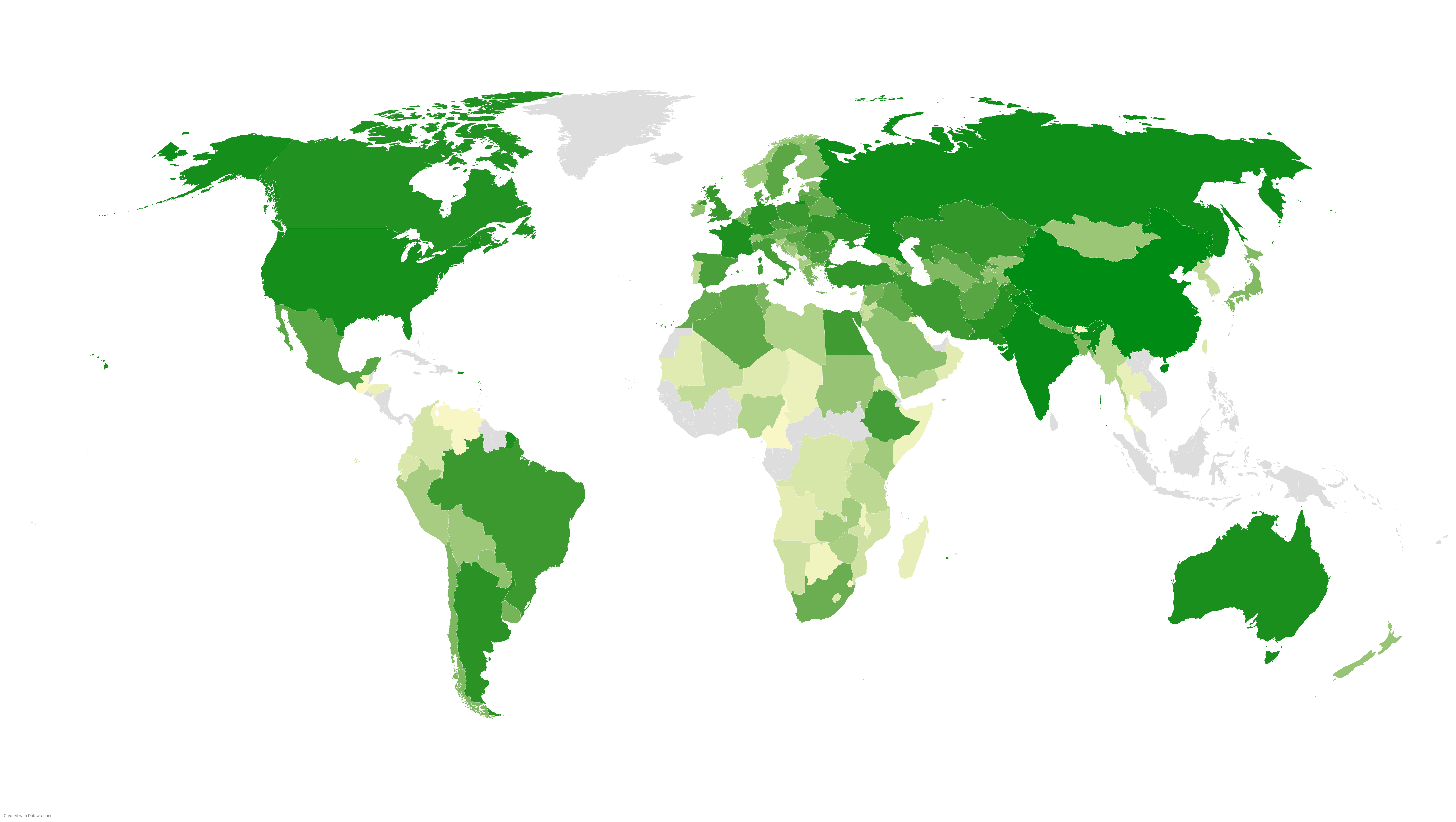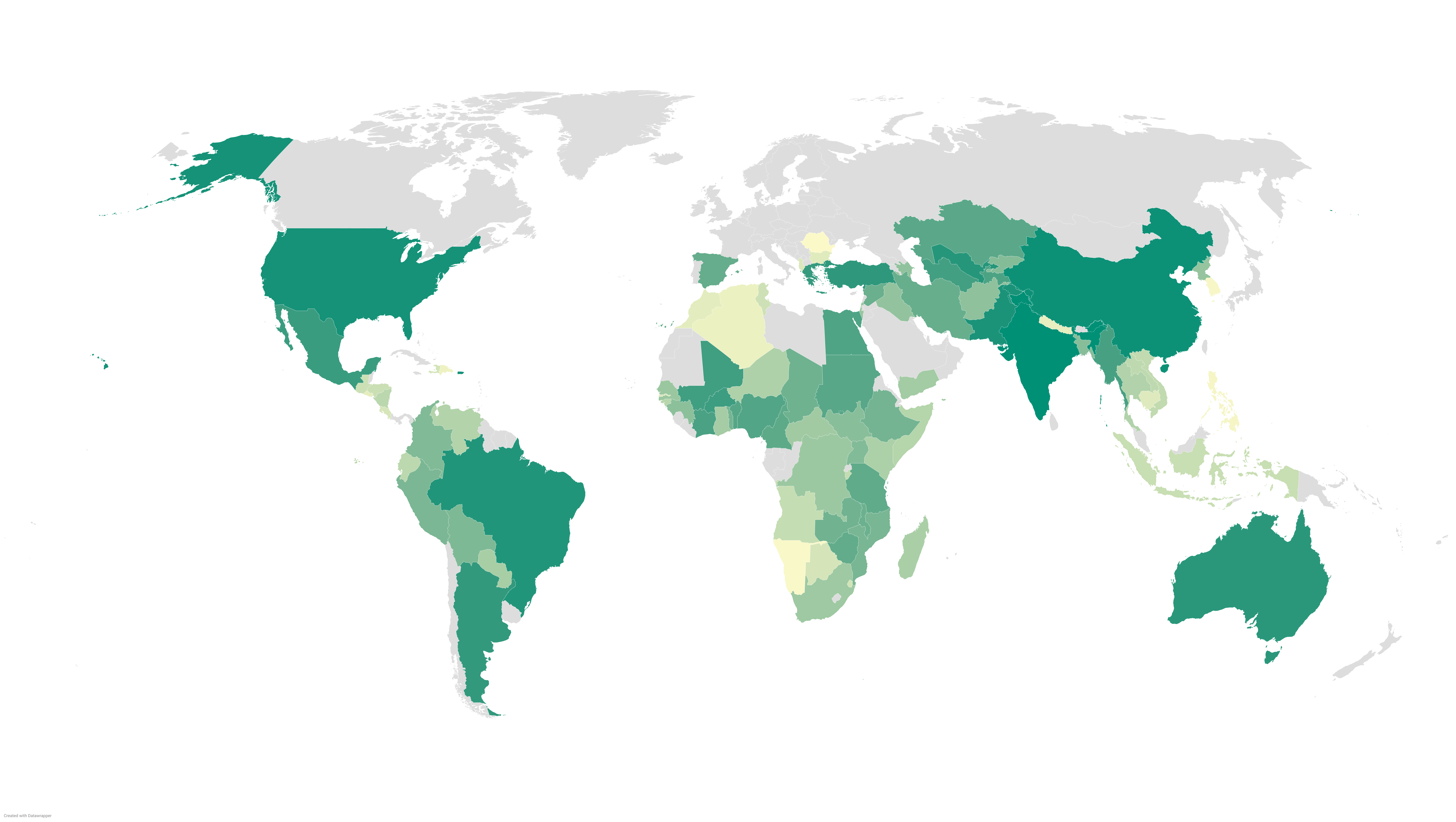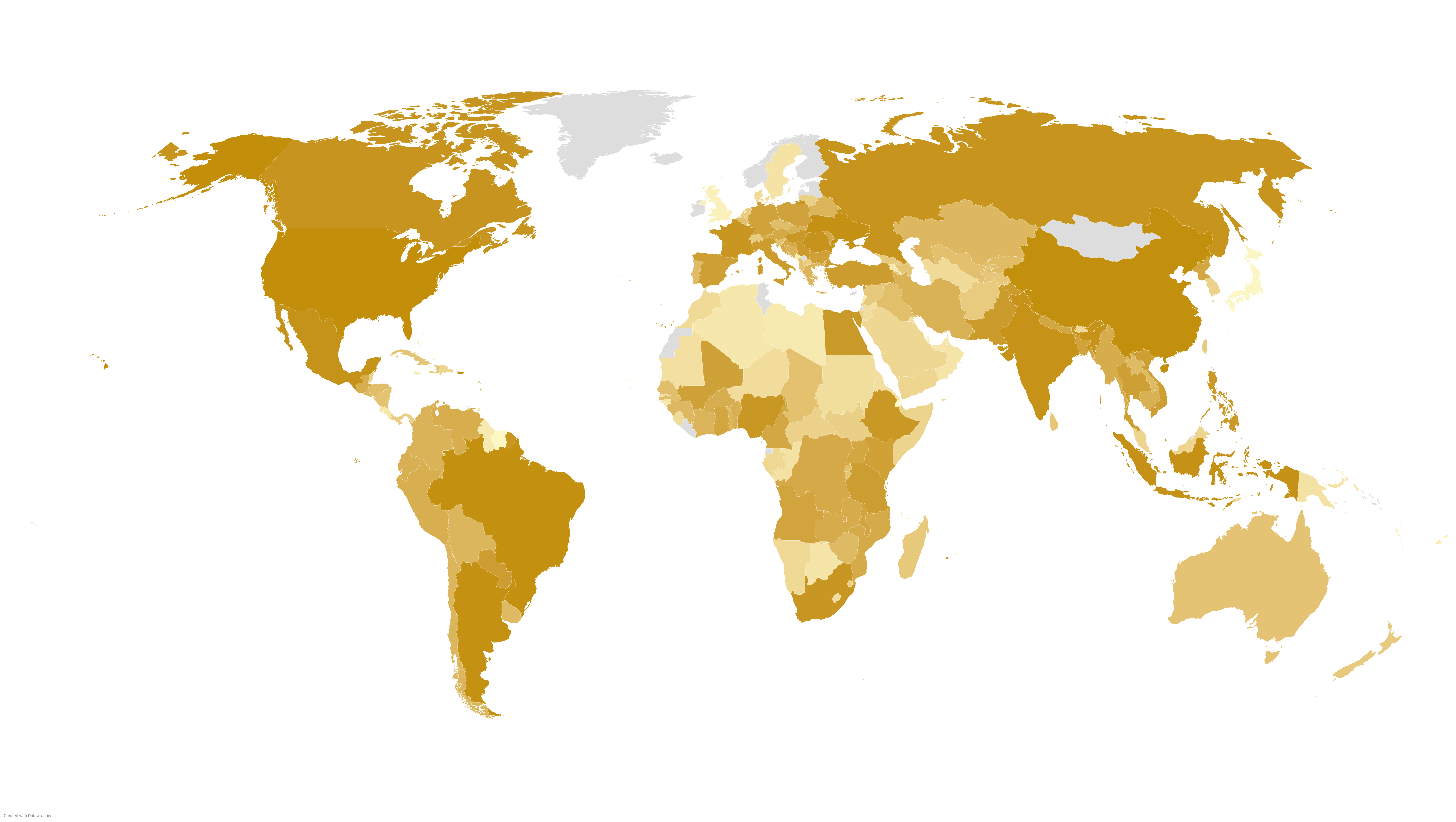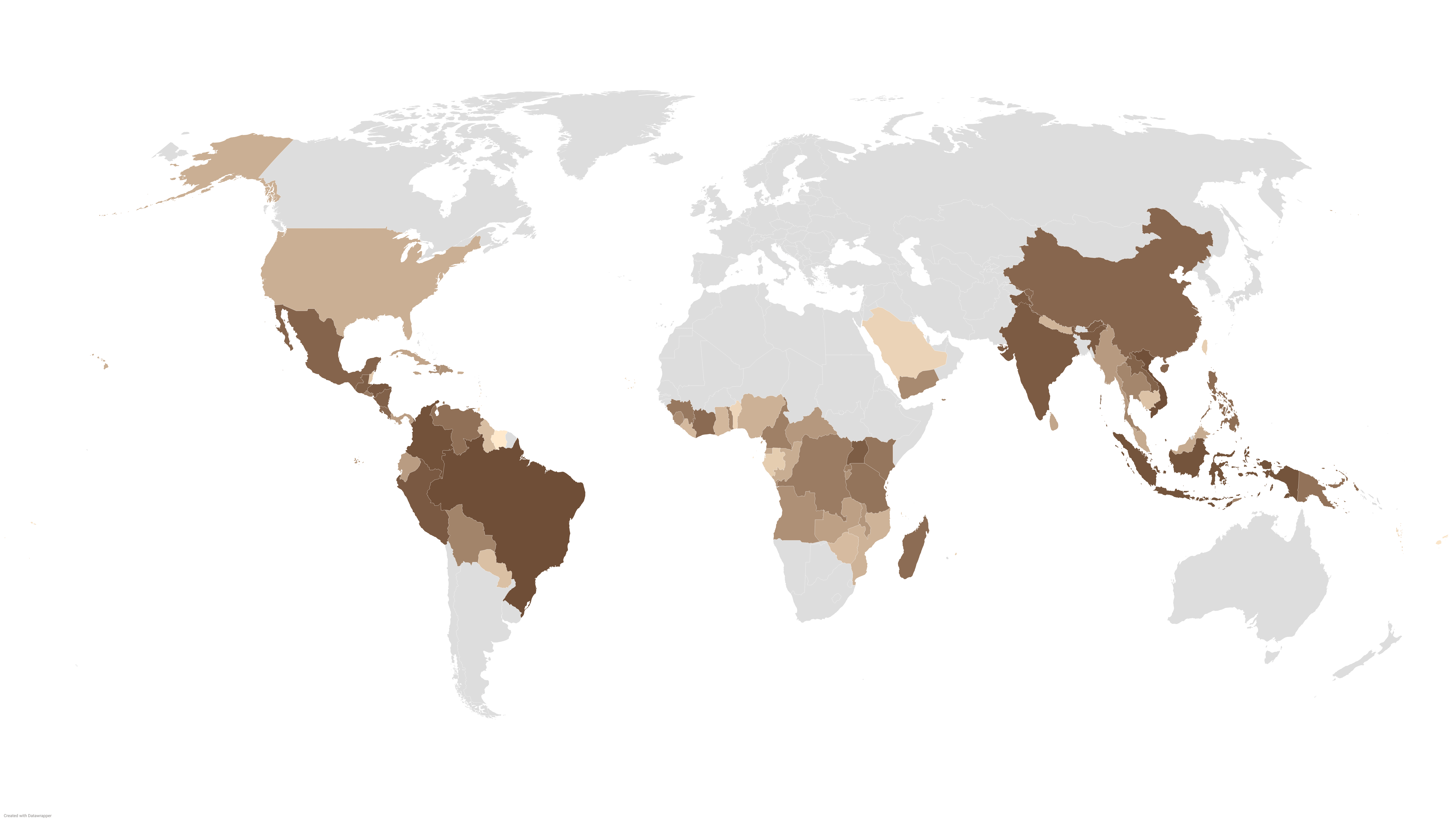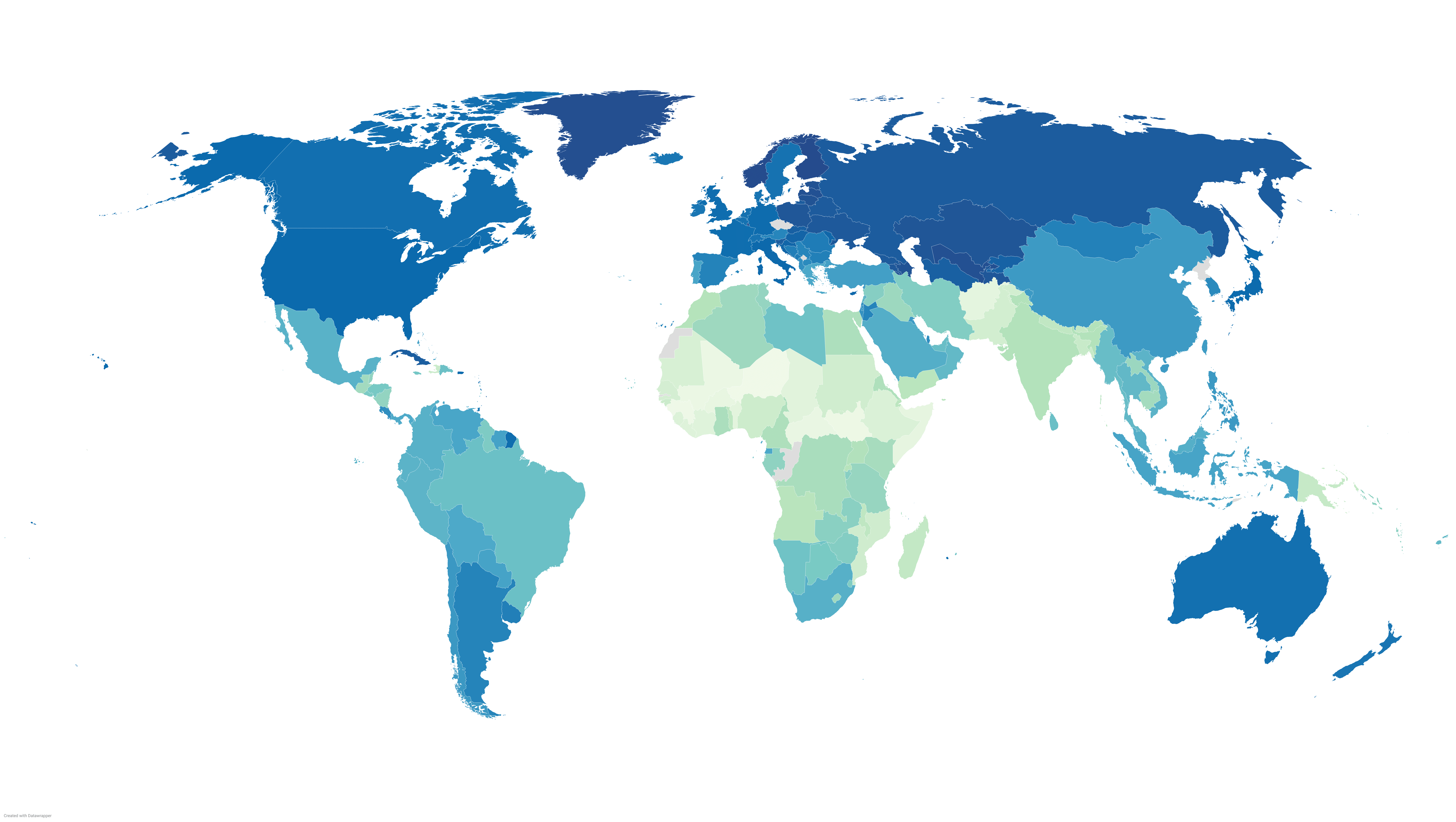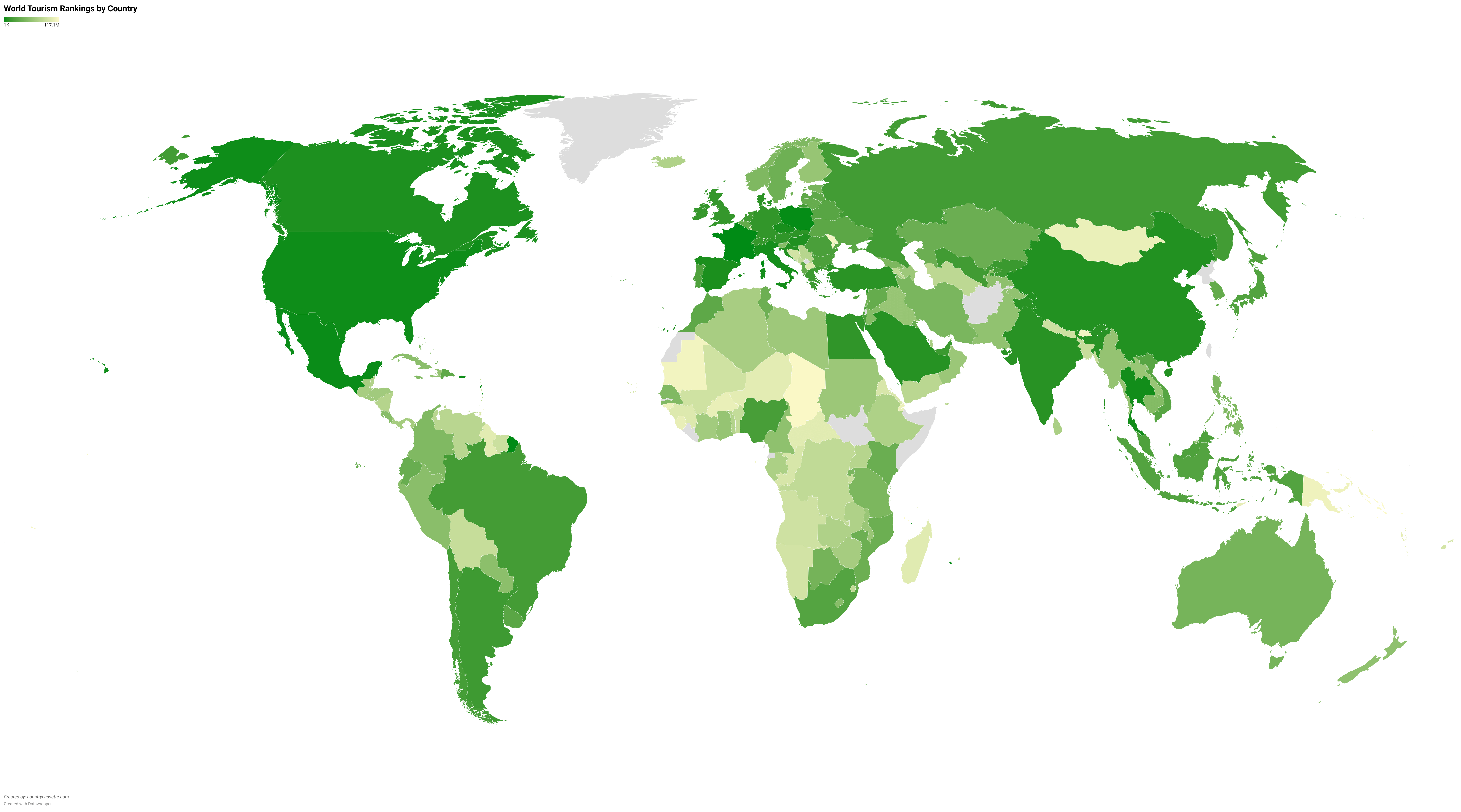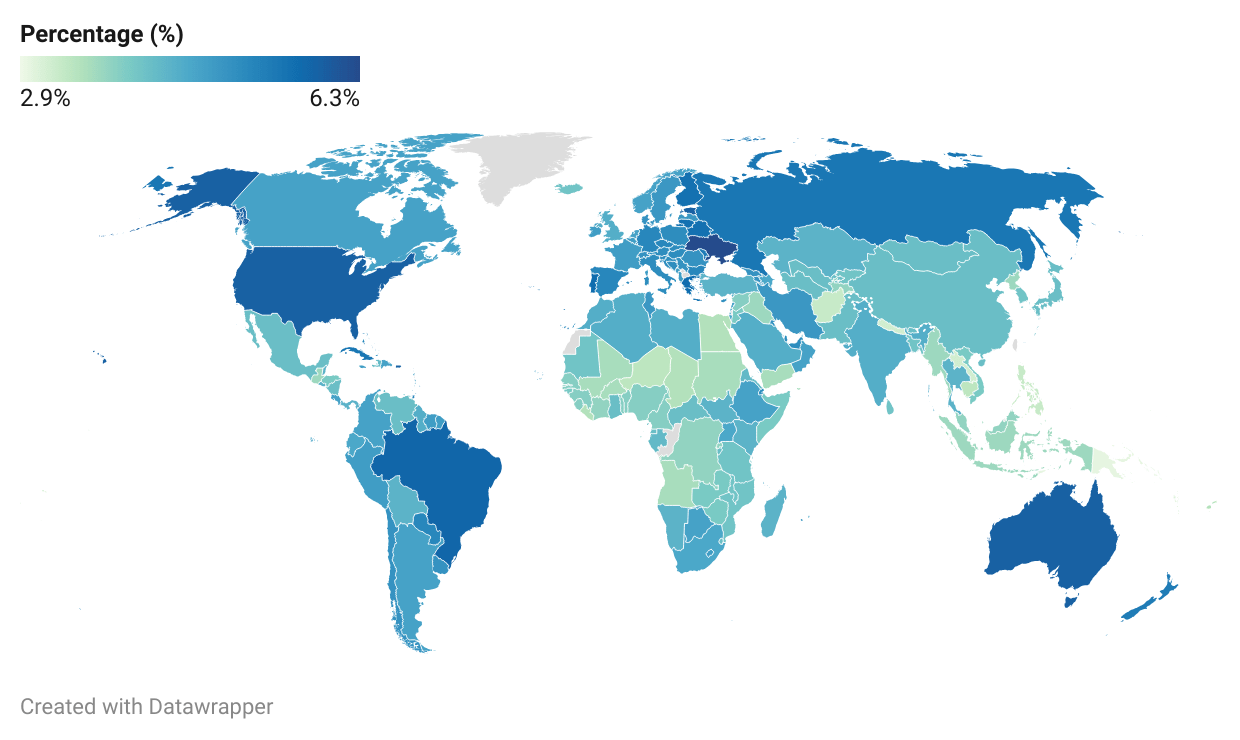Wheat Production by Country
Wheat production varies widely around the world, with countries such as China, India, and the United States leading the way. China, the largest producer, boasts vast farmlands and advanced farming techniques, producing over 137.7 million tons annually. India follows closely, with its fertile plains supporting a wheat production of over 107.7 million tones. The United States, with its modern farming methods, contributes significantly, producing about 45 million tons annually.
Worldwide Wheat Production
Wheat, the second most produced cereal grain after maize (maize), plays a critical role in global agriculture and trade. It is a staple food for a large part of the world’s population, making its production and trade crucial to food security.
Global trade in wheat exceeds that of all other crops combined, underscoring its economic importance. Wheat is grown in a variety of climates, from temperate to arid regions, which contributes to its wide cultivation and trade. Its versatility in being processed into various food products further increases its trade volume.

783 Million
Metric Tons Wheat Production (World)
Global wheat production reached a total of 783 million metric tons, showcasing its significant role in meeting food demands worldwide.
Top 10 Wheat Producing Countries
The ten countries with the highest wheat production values are China, India, Russia, the United States, Canada, France, Pakistan, Ukraine, Germany, and Turkey. China leads in wheat production with a whopping 137.7 million tons per year.
Following closely is India, producing an estimated 107.7 million tons of wheat annually. Russia ranks third, with 104.2 million tons of wheat produced each year.
The United States, known for its vast agricultural lands, is the fourth in line producing 44.9 million tons of wheat annually. Canada, with its rich and fertile lands ideal for agriculture, comes in fifth place with an annual output of 34.3 million tons.
France, known for its quality bread and pastries, produces 34.6 million tons of wheat every year.
Rounding off the top ten, Pakistan produces 26.2 million tons of wheat, Ukraine produces 20.7 million tons, while Germany churns out 22.6 million tons of wheat annually. Lastly, Türkiye contributes to the global wheat supply with 19.8 million tons each year.
Wheat Production by Country
Nutrition Facts and Health Effects
Wheat is primarily made up of carbohydrates but also contains moderate amounts of protein. Here are the nutrition facts for 3.5 ounces (100 grams) of whole wheat flour:
Calories: 340
Water: 11%
Protein: 13.2 grams
Carbohydrates: 72 grams
Sugar: 0.4 grams
Fiber: 10.7 grams
Fat: 2.5 grams
Carbohydrates:
Like all grains, wheat is mainly composed of carbohydrates. Starch is the predominant carbohydrate in wheat and represents more than 90% of the total carbohydrate content. The health effects of starch depend on its digestibility, which can affect blood sugar levels. Both white and whole wheat have a high glycemic index, making them unsuitable for people with diabetes. However, some processed wheat products, such as pasta, are digested less efficiently and have less impact on blood sugar levels.
Fiber:
Whole wheat is high in fiber, but refined wheat contains almost none. The fiber content of whole wheat is 12 to 15% of dry weight. Fiber is concentrated in bran and is practically absent in refined flour. Wheat bran contains mainly insoluble fibers, which pass through the digestive system almost intact and add bulk to the stool. Some fibers also feed gut bacteria. Wheat also contains small amounts of soluble fiber or fructans, which can cause digestive symptoms in people with irritable bowel syndrome (IBS). In general, wheat bran may have beneficial effects on intestinal health.
Protein:
Proteins constitute between 7% and 22% of the dry weight of wheat. Gluten, a large family of proteins, accounts for up to 80% of the total protein content. Gluten is responsible for the unique elasticity and stickiness of wheat dough, making it useful in bread making. However, wheat gluten can have adverse health effects in people with gluten intolerance.
Vitamins and minerals
Whole wheat is a rich source of various vitamins and minerals, although the exact content can vary depending on the soil in which it is grown. Here are some of the key nutrients found in whole wheat:
- Selenium: This trace element has essential functions in the body, but its content in wheat depends on the soil and can be very low in some regions.
- Manganese: Found in large amounts in whole grains, legumes, fruits and vegetables, but the manganese in whole wheat may be poorly absorbed due to its phytic acid content.
- Phosphorus: This mineral plays a crucial role in the maintenance and growth of body tissues.
- Copper: An essential trace element, copper is often low in Western diets and deficiency can have adverse effects on heart health.
- Folate: Also known as folic acid or vitamin B9, folate is particularly important during pregnancy.
The most nutritious parts of the grain, the bran and germ, are removed during the milling and refining process to produce white wheat. As a result, white wheat has relatively few vitamins and minerals compared to whole wheat.
To solve this problem, wheat flour is often enriched with vitamins and minerals.
Fortification of wheat flour is mandatory in many countries and fortified wheat flour can be a good source of iron, thiamine, niacin, calcium, vitamin B6 and other nutrients.
Key findings from the data include:
- China leads global wheat production with an annual output of 137.7 million tons.
- India is the second-largest producer with a production of 107.7 million tons.
- The United States ranks fourth, producing 44.9 million tons of wheat annually.
- Wheat production is not limited to traditional breadbaskets; countries like Argentina (22.2 million tons) and Ethiopia (7 million tons) also contribute significantly.
- Kazakhstan has shown a notable rise in wheat production, with an output of 16.4 million tons.
Understanding these patterns of wheat production, both domestically in the United States and internationally, provides a deeper insight into the dynamics of the global agricultural market. It allows us to predict potential impacts of climate adversities and anticipate future trends in food availability and prices worldwide, making this knowledge crucial for planning a food-secure future.
Top Questions
The nutritional composition of the wheat grain varies depending on the climate and soil conditions in which it is grown. On average, a kernel of wheat contains about 12 percent water, 70 percent carbohydrates, 12 percent protein, 2 percent fat, 1.8 percent minerals, and 2.2 percent crude fibers. It also contains thiamin, riboflavin, niacin, and small amounts of vitamin A.
Common wheat, scientifically known as Triticum aestivum, is mainly used to make bread due to its high gluten content, which provides the elasticity and strength necessary for bread dough to rise and maintain its shape during baking.
White flour is refined flour obtained from grinding wheat grains. Unlike whole wheat flour, white flour does not contain germ, making it more stable and suitable for longer storage.
Celiac disease, also known as nontropical sprue or celiac sprue, is an inherited autoimmune digestive disorder. People with this condition cannot tolerate gluten, a protein found in wheat, barley, malt, and rye flours. Celiac disease is thought to develop when a genetically predisposed individual consumes foods containing gluten, triggering an immune response that damages the small intestine.
